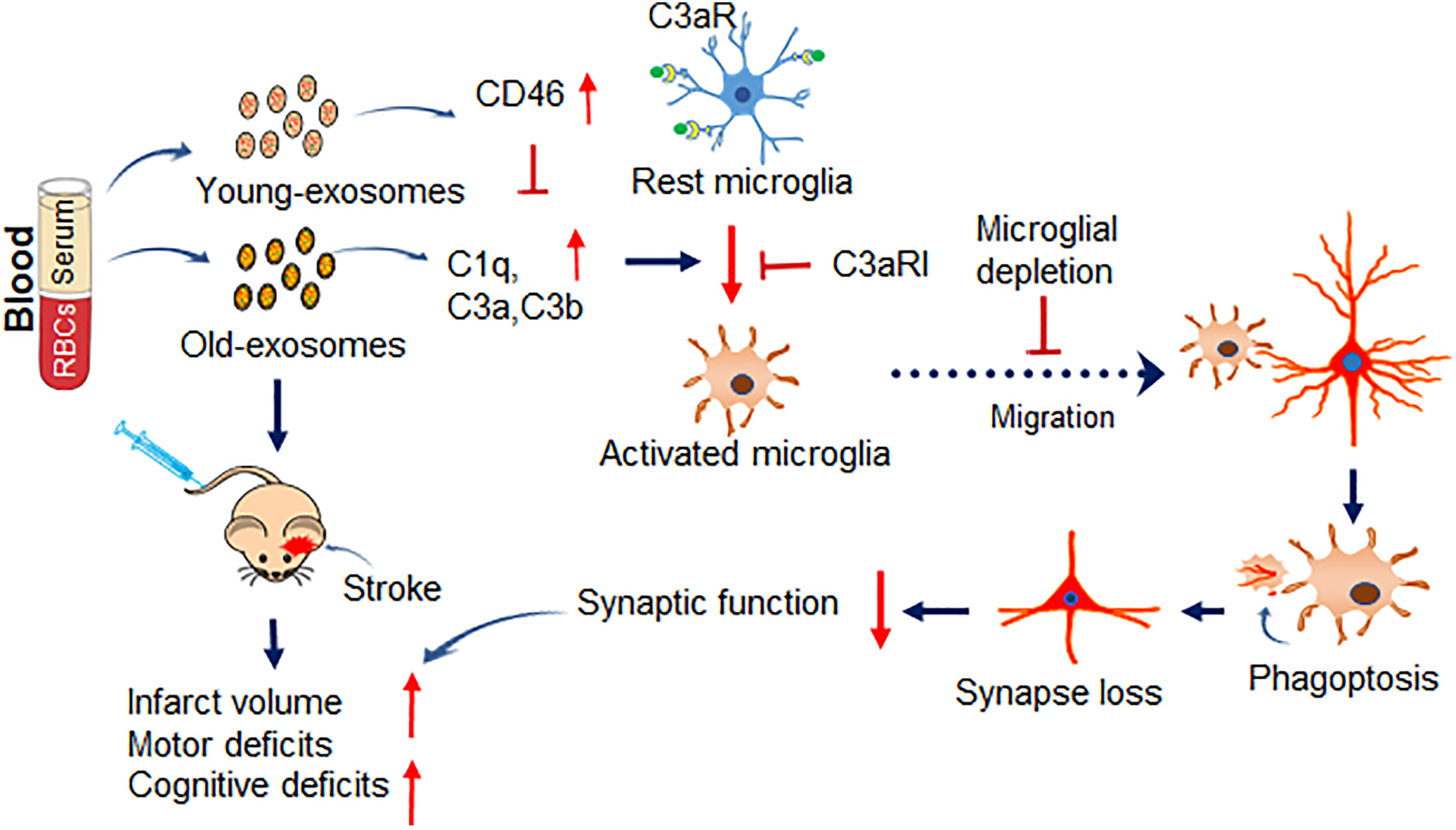Figure 8. Illustration of Inflammatory blood exosomes affect stroke outcome by engaging the C3aR-dependent phagoptosis.

Complement opsonins and anaphylatoxins that accumulate in blood exosomes with age can prime microglia making them prone to excessive activation that exacerbates phagoptosis of synaptic damage and sensorimotor and cognitive deficits after ischemic stroke via microglial C3aR. In Y-exo, there is an increased level of CD46, which blocks complement cascade, and thus microglial activation, to attenuate negative ischemic outcomes. Y-exo, serum exosomes from young rats; O-exo, serum exosomes from aged rats; C3aRI, C3aR inhibitor.
